Cabo Blanco National Park
On your trip to Costa Rica, after visiting a national park in Guanacaste, we invite you to head a little further south, to the tip of Costa Rica’s Nicoya Peninsula. One of the jewels of the peninsula awaits you: the Cabo Blanco absolute nature reserve.
It’s one of Costa Rica’s most successful examples of conservation. You can get there by searching for the reserve under the name : Reserva Natural Absoluta Cabo Blanco – Cabo Blanco Absolute Nature Reserve.
Cabo Blanco, a conservation pioneer in Costa Rica
Cabo Blanco, located on Costa Rica’s Nicoya Peninsula, is much more than just a nature reserve. It is a veritable monument to conservation, a testament to the pioneering vision of those who worked to create it.
Origins: a reaction to deforestation
At the dawn of the 1960s, the Nicoya Peninsula was facing massive deforestation. Tropical forests were being felled at an alarming rate to make way for agriculture and livestock farming. It was against this backdrop that Swedish biologist Olof Wessberg and his Danish wife Karen Mogensen decided to take action.
The birth of a reserve
Moved by the beauty of the area, its forests and immense beaches, and aware of the importance of preserving its ecosystem, they launched an ambitious project: to create a nature reserve to protect the peninsula’s last primary forests.
On October 21, 1963, their dream became reality with the creation of the Cabo Blanco Absolute Nature Reserve. It was the first protected area in Costa Rica and Central America. This bold initiative paved the way for the creation of the Costa Rican park network and nature reserves across the country, and today Costa Rica remains a pioneer in the conservation and protection of these protected areas.
A model of conservation
Cabo Blanco has rapidly become a model for conservation not only in Costa Rica, but throughout Latin America. The reserve has not only protected primary forests and beaches, but also regenerated secondary forests.
Many species of fish had virtually disappeared from Cabo Blanco’s waters, and today the protection has enabled large shoals of fish to be counted again. It protects 1,269 ha of land and 1,790 ha of sea.
Karen Mogensen has since created another reserve on the peninsula, a little further north. In 1981, the creation of the Curu Wildlife Refuge, 41 km to the east, created a biological corridor that today is the pride of Costa Rica for the conservation of species such as the Scarlet Macaw. Curu’s beaches are among the most beautiful in Costa Rica.
The flora of Cabo Blanco National Park
A total of 14 tree species have been identified in the Cabo Blanco reserve. Some of them are evergreen and characteristic of the tropical dry forest. These include the Espavels (Anacardium excelsum), the wood amourette (Brosimun sp.) and the Luehea Seemannii.
Other species are deciduous. Calycophyllum candidissimum, mombin plum (Spondias mombin), red gum (Bursera simaruba), frangipani (Plumeria rubra) and pochote (Bombacopsis quinatum) are among the most widespread.
The Cabo Blanco Absolute Reserve has essentially two types of forest: the original, regenerated “primary forest”, and the secondary forest, which has been preserved.
How important is the wildlife in Cabo Blanco National Park?
Cabo Blanco National Park is of paramount importance for wildlife, home to a wide variety of animal species. The preservation of this ecosystem contributes to the protection of endangered species and the conservation of Costa Rica’s biodiversity.
Mammals
The reserve’s mammals are varied and include small squirrels (Sciurus variegatoides), Virginian deer (Odocoileus virginianus), howler monkeys (Alouatta palliata) and white-faced monkeys (Cebus capucinus), coatis (Nasua narica), agoutis (Dasyprocta puntatta), coyotes (Canis latrans), armadillos (Dasypus novemcinctus) and ocelots (Felis wiedii). The puma, although rarer, is also present in the heart of the reserve.
Birds
A large number of coastal birds, including brown pelicans (Pelecanus occidentalis), frigate birds (Fregata magnificens) and brown boobies (Sula leucogaster), fly over the beaches and forests of the national park.
Among land birds, the most common are the sumptuous manakin, the white-faced jay, the great egret, the green heron, the bearded vulture, trogons, the variegated penelope, the chacamel ortalid, the fluted-billed ani, the pink spoonbill, the kingfisher, the copper-billed conure, the black urubu and the turkey vulture.
Marine Fauna
The beaches of Cabo Blanco National Park are bordered by the clear waters of the Pacific Ocean. Large populations of fish, cetaceans, crabs and molluscs live here all year round. The most common fish are bonito, bagre, serin, mackerel, mullet, grouper, yellow carangue and sea bass, among others. Rays, dolphins and hammerhead sharks are also abundant. Crustaceans include lobsters, oysters and hermit crabs. The reserve’s conservation efforts have protected and regenerated various species since its creation. Please note that it is strictly forbidden to harvest any of the species in the national park. You risk a heavy fine.
Activities at Cabo Blanco
Cabo Blanco National Park offers a lush natural environment, diverse wildlife and magnificent beaches.
Hiking
- Sentier Sueco (Swedish Trail): this is the most difficult and longest trail in the reserve. It takes you to the magnificent Cabo Blanco beach, through tropical dry forests and coastal areas. This hike offers panoramic views of the Pacific Ocean.
- Danish Trail: this shorter, less demanding trail is ideal for a leisurely stroll. It takes you through part of the tropical dry forest and offers interesting views of the vegetation.
- Arboretum trail: this circular trail is the shortest of the three and is ideal for a short stroll. It allows you to observe a variety of tropical trees and plants.
Access to the Cabo Blanco absolute nature reserve is either from Montezuma, or Cabuya for access to Cabo Blanco, or via Mal Pais. A 4×4 is recommended, as the trails are not always perfectly maintained.
Beah and Surf
Cabo Blanco’s natural beaches offer a wide range of water sports:
- Snorkeling: the shallow waters are home to a rich variety of marine life.
- Scuba diving: for experienced divers, the reserve offers exceptional dive sites.
- Kayaking: explore the coastline by kayak.
- Surfing: some of the national park’s beaches are renowned for their waves, especially during the dry season.
Collecting in any of Costa Rica’s national parks is forbidden, under penalty of fines. Seashell collectors beware!
Useful Info:
- The park is open from 8 a.m. to 4 p.m.
- Fee: $12/person
- Admission is limited to 40 visitors/day.
- Comfortable hiking shoes and clothing suited to the tropical climate are recommended.
- The park’s beaches are particularly beautiful and photogenic.
- Don’t forget to bring plenty of water and sunscreen.
Here are a few ideas for guided tours in Costa Rica, so that you can be accompanied by an English-speaking driver-guide and miss nothing of your fabulous trip.
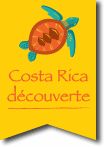
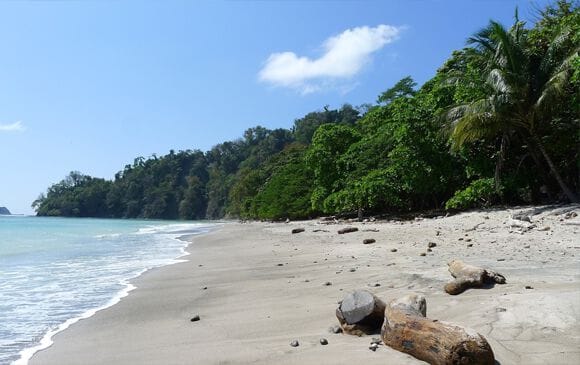
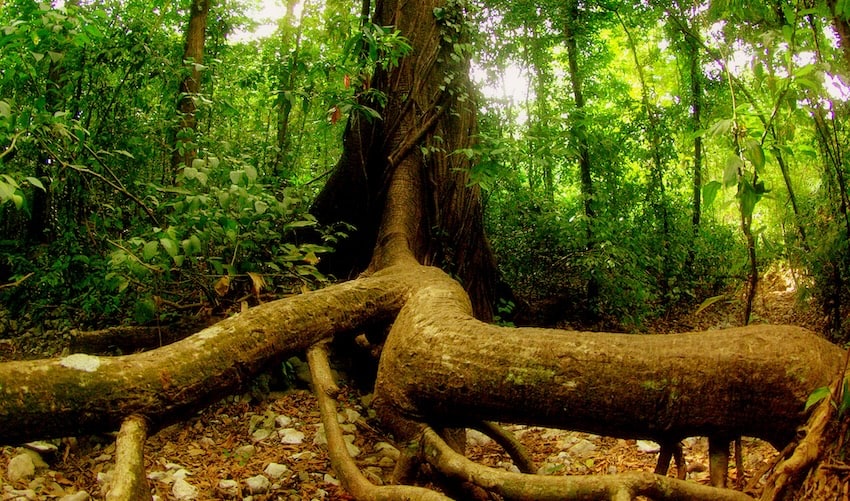
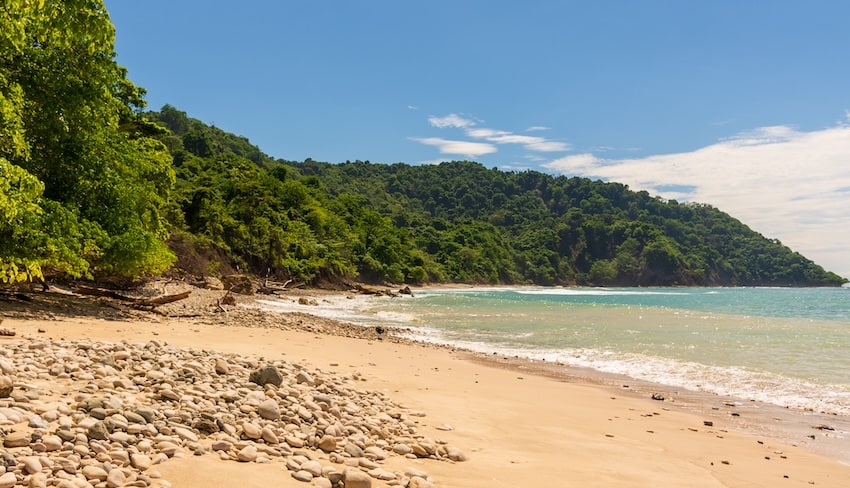

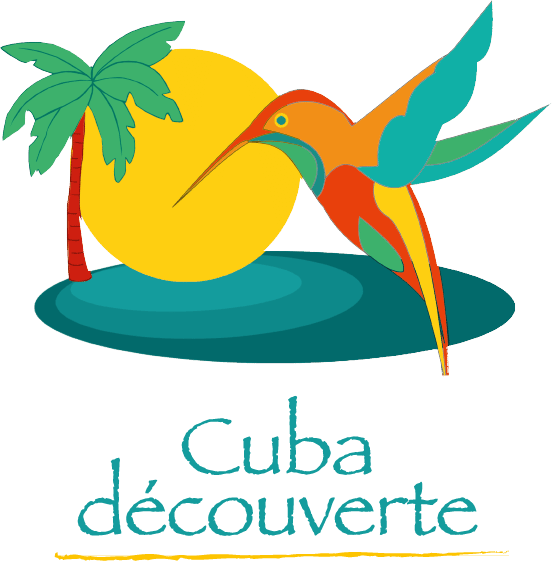
No comment regarding « Cabo Blanco National Park »